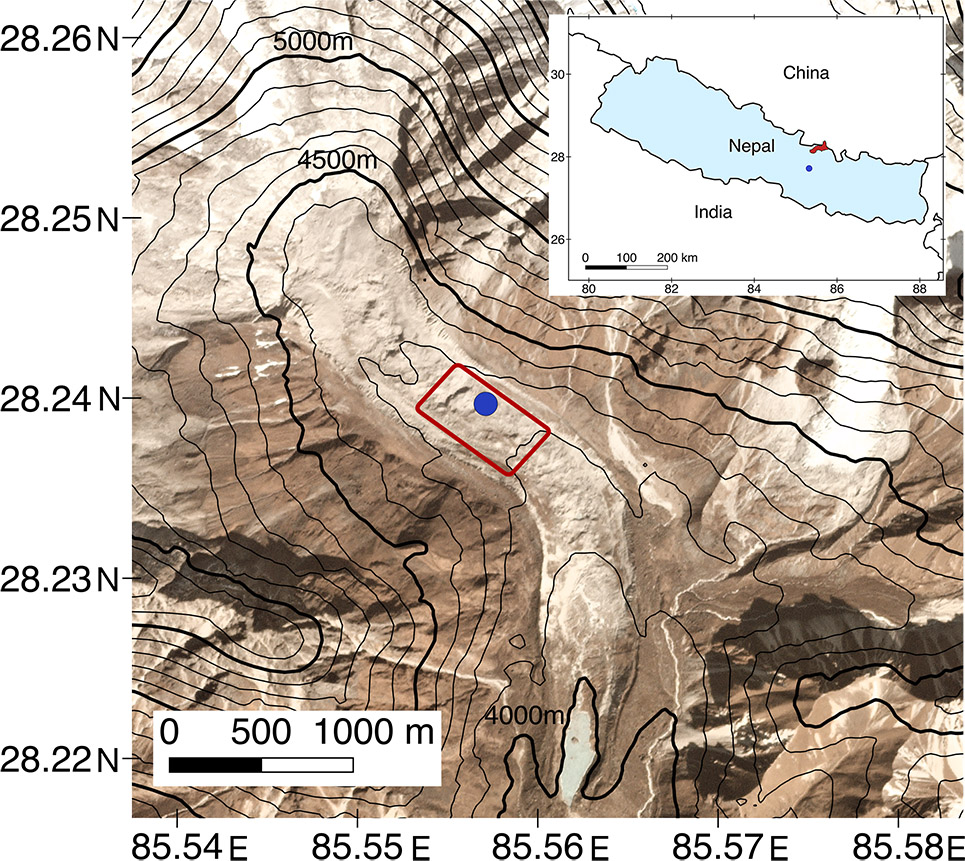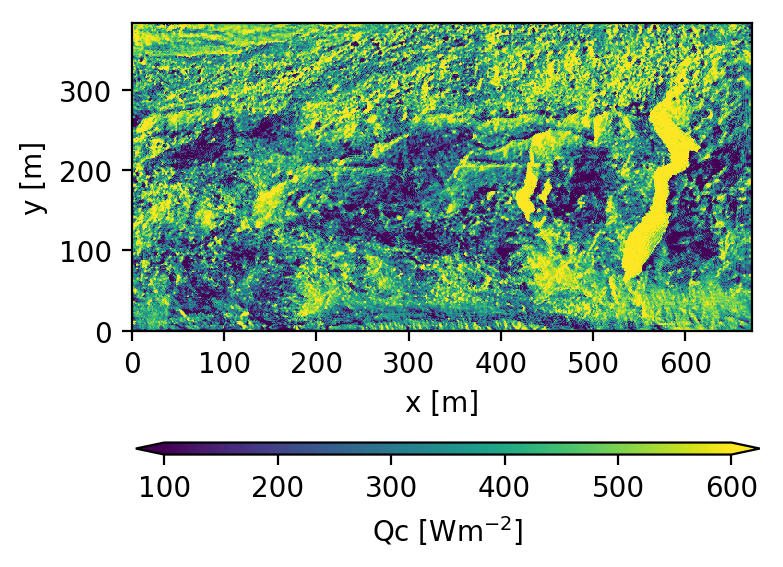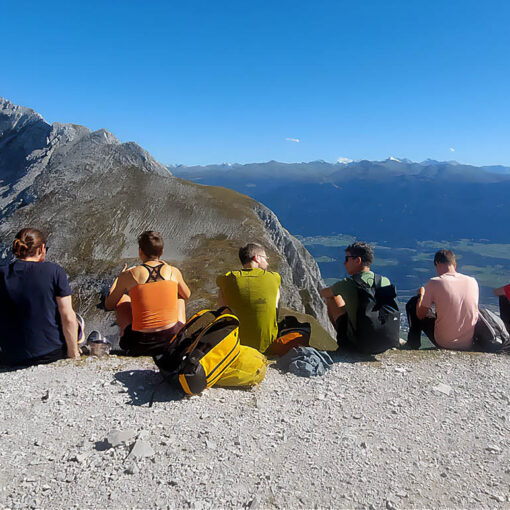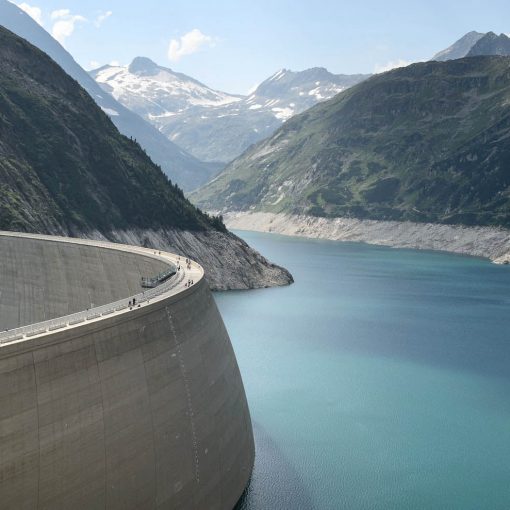Debris-covered glaciers account for almost one fifth of the total glacier ice volume in High Mountain Asia, but their contribution to the total glacier melt remains uncertain and the drivers controlling this melt are still largely unknown. Debris influences glacier surface properties (e.g. albedo, thermal conductivity, roughness) and thus the surface energy balance and glacier melt.
This new study, led by Pleun Bonekamp and published in The Cryosphere, assesses the effect of surface properties of debris on the spatial distribution of micro meteorological variables such as wind fields, moisture and temperature. It investigates how these drive turbulent fluxes and eventually the conductive heat flux for the debris-covered Lirung Glacier. It is the first time an in-depth analysis is performed of micro-meteorological variables above a debris-covered glacier with a turbulent resolving model at high resolution (~1 m), which offers new insights into the spatial variability of turbulent fluxes and what drives these differences.

Results reveal that surface roughness has the strongest impact on the magnitude of turbulent fluxes and leads to more mixing at higher altitudes due to the higher topographic variability. It causes spatial differences in wind speed, with generally lower wind speeds at lower elevations due to isolation, whereby accumulation of heat and moisture is possible. Increasing the surface roughness leads therefore to more pronounced spatial differences in turbulent fluxes.
Overall, including heterogeneous conditions leads to higher spatial variability and a larger range of possible outcomes. The high spatial variability of small-scale meteorological variables suggests that point based station observations cannot be simply extrapolated to an entire glacier. The variability of the turbulent fluxes can result in a feedback effect that eventually leads to the hummocky terrain typical for debris-covered tongues in the Himalaya. In more extreme cases this variability can bring about the formation of cliffs, and also of ponds in those depressions where melt has been accelerated.

Turbulent fluxes can decrease the energy available for melt at the debris surface by 40%, acting as an energy sink. In contrast, on ice cliffs turbulent fluxes were found to enhance the available energy by 51%, serving as a contributor to melt. In combination with a low albedo this causes ice cliffs to be melt hot spots.

The study shows that high-resolution turbulent resolving models can be used to better quantify spatially variable melt. Future studies could couple high-resolution models to a full energy balance model to determine the energy reaching the ice. This work is important for glacier mass balance modelling and for the understanding of the evolution of debris-covered glaciers. We expect that these results will be useful in improving the representation of debris-covered glaciers in hydrological and climatological models to determine their contribution to glacier melt.
This work is published (open access) as:
P.N.J. Bonekamp, C.C. van Heerwaarden, J.F. Steiner, W.W. Immerzeel (2020). Using 3D turbulence-resolving simulations to understand the impact of surface properties on the energy balance of a debris-covered glacier, The Cryosphere, 14, 1611–1632, 2020, DOI: 10.5194/tc-14-1611-2020.
Supplementary movies, such as cross sections and 2D conductive heat flux in time, are available at:
https://doi.org/10.5281/zenodo.3375333
.




